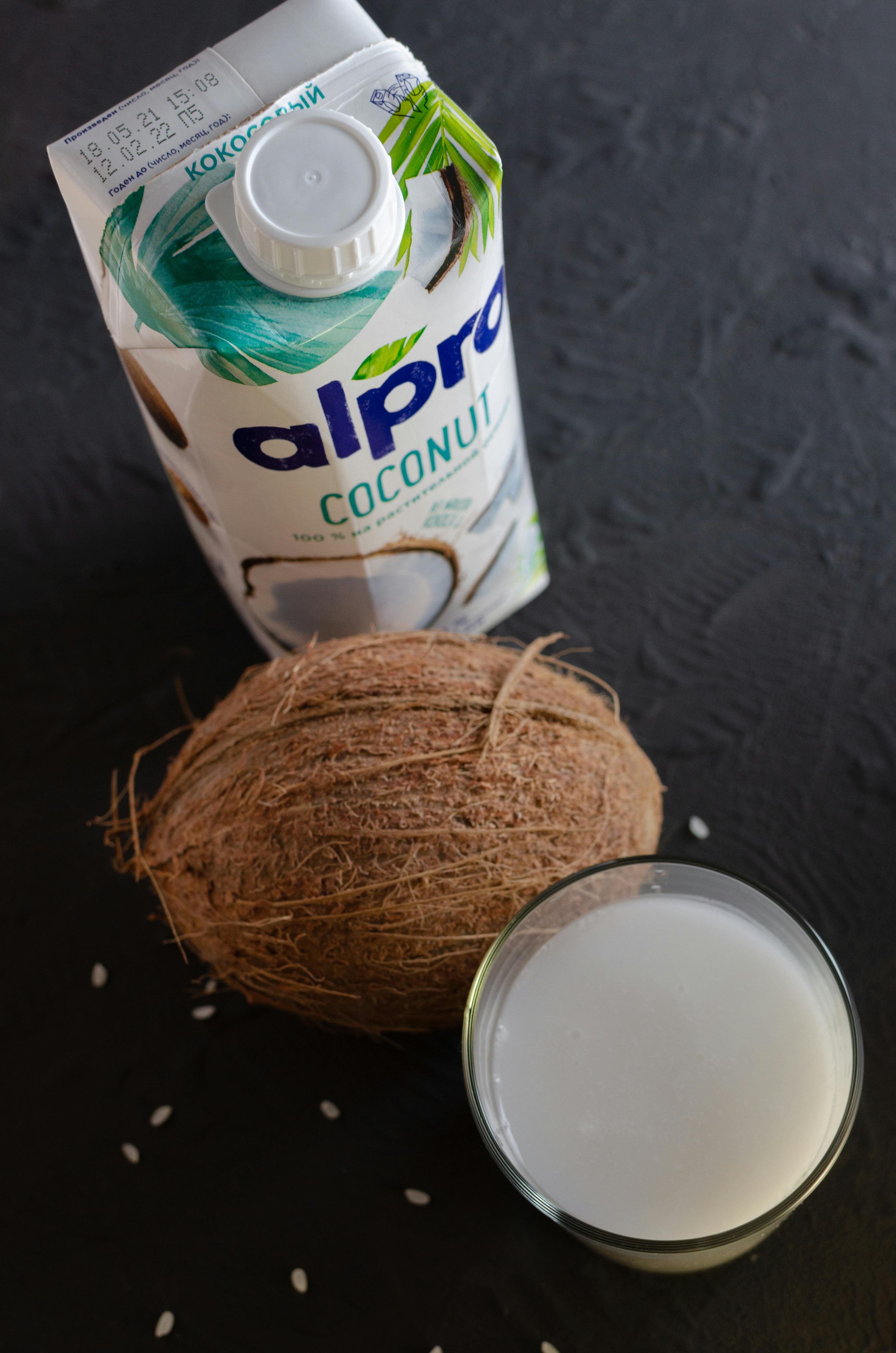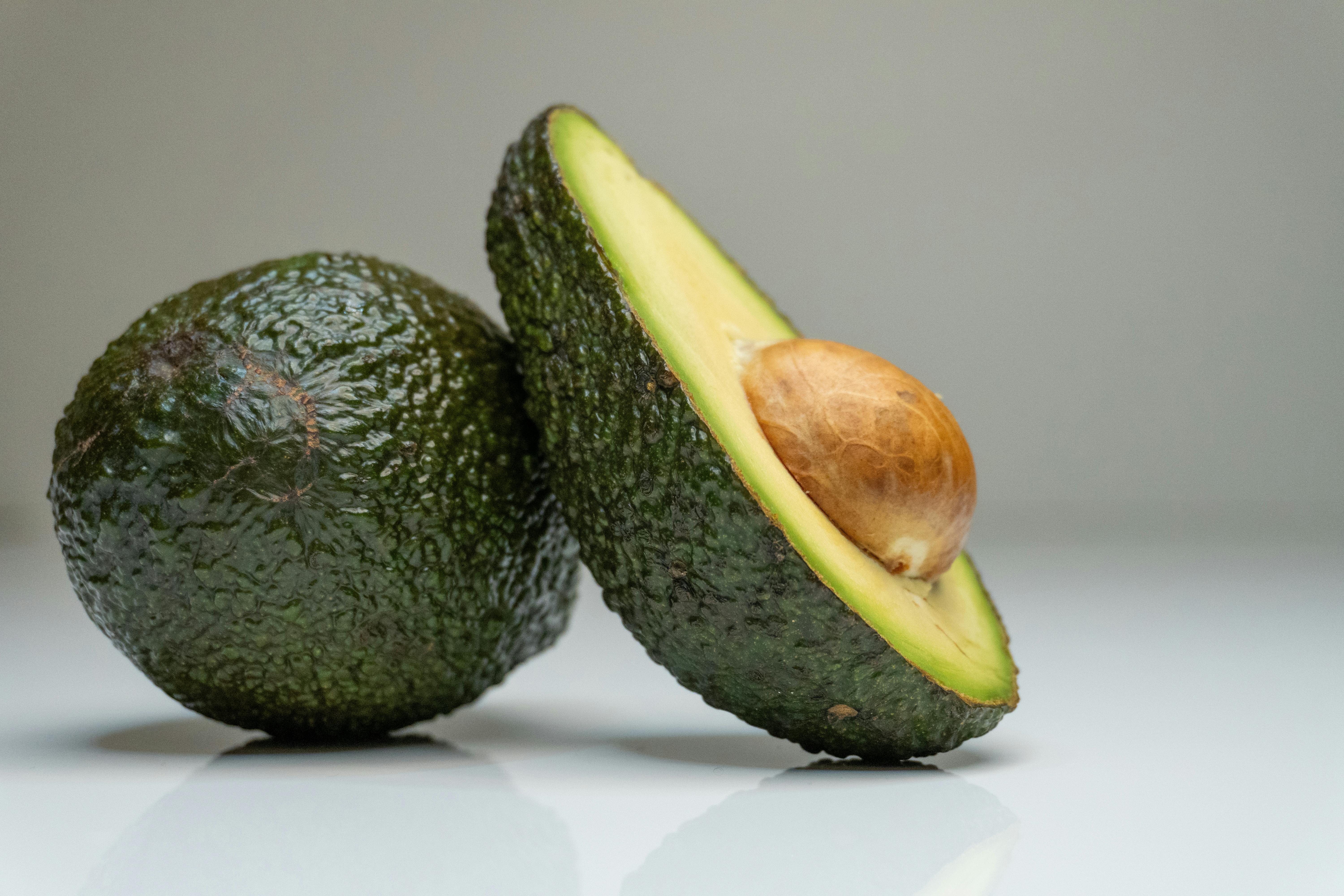Effective Ways to Choose the Best Grass Fed Whey Protein in 2025
In the world of dietary supplements, grass fed whey protein has gained significant attention for its natural benefits and superior quality. As more consumers shift towards healthy lifestyles, the demand for high-quality protein sources has surged. Grass fed whey protein is not only prized for its rich nutrient profile but is also seen as a sustainable and ethical choice in the protein supplement industry.
This guide explores the various aspects of selecting the best grass-fed whey protein available in 2025. We'll delve into the benefits of using grass-fed protein, understand its role in muscle recovery, and discuss how to effectively incorporate it into your diet. Whether you're an athlete, a fitness enthusiast, or just someone looking to improve your health, this article will help you make informed decisions about the protein powders you choose.
Key takeaways include understanding the importance of sourcing, comparing different types of whey, and recognizing the health benefits associated with grass-fed dairy products. Let's dive in!
Characteristics to Consider in Grass Fed Whey Protein
When selecting a grass fed whey protein, it’s crucial to consider several characteristics that distinguish high-quality products from inferior ones. These include sourcing, nutritional value, and processing methods.
Source of the Protein
Opt for products sourced from cows that are exclusively grass-fed. Such sources generally ensure a richer nutrient profile, including higher levels of omega-3 fatty acids and essential amino acids. This leads to better overall health benefits and might significantly enhance muscle recovery and performance.
Protein Quality and Composition
It's important to check the protein content per serving, as well as the amino acid profile. Grass-fed whey protein typically offers a more balanced array of essential amino acids compared to standard whey protein. Look for products that clearly list these compositions on their labels.
Processing Techniques
Minimal processing is key. Cold-processed whey protein retains more of its nutritional value. Ensure the product is free of artificial additives and fillers. A clean label indicating non-GMO and organic sources will also provide peace of mind regarding purity.
Building on these fundamentals, we can now explore how to use grass fed whey protein effectively in your diet.

How to Incorporate Grass Fed Whey Protein into Your Diet
Integrating grass fed whey protein into your daily meals can boost your nutrition significantly. Here are some effective methods for using whey protein to align with your lifestyle.
Whey Protein in Smoothies
One of the most popular ways to consume whey protein is by adding it to smoothies. This method not only enhances nutrient intake but also allows for personalized flavors. Combine it with fruits, greens, and your choice of liquid for a tasty, nutritious shake. A recipe might include bananas, spinach, almond milk, and a scoop of whey protein.
Protein Shakes Post-Workout
After an intense workout, it’s vital to replenish your muscles with a quality protein source. A whey protein shake conveniently provides the necessary nutrients for muscle repair. Aim to consume protein within 30 minutes after your workout to optimize recovery.
Protein as a Meal Replacement
Whey protein can also serve as a meal replacement when combined with the right ingredients. Mix it with Greek yogurt, nuts, or oats for a filling breakfast or a healthy snack option. This ensures that you are getting a good balance of macronutrients while satisfying your hunger.
With these practical applications in mind, let’s discuss the health benefits associated with organic whey protein.

Health Benefits of Grass Fed Whey Protein
The advantages of incorporating grass fed whey protein into your diet extend beyond muscular support. Here are some compelling health benefits.
Muscle Recovery and Growth
Grass-fed whey protein plays a pivotal role in muscle recovery and growth. The high levels of branched-chain amino acids (BCAAs) accelerate protein synthesis, which is crucial for repairing muscle tissues after strenuous activity.
Weight Management
As a low-carb protein source, grass fed whey protein can help in weight management. Consuming protein increases satiety, which helps control hunger. Furthermore, protein intake can elevate metabolic rates, facilitating fat loss while preserving lean muscle mass.
Enhanced Immune Function
Whey protein is known to support immune health. The immune-enhancing properties can be attributed to its high levels of immunoglobulins and lactoferrin, essential components for bolstering the body's defense mechanisms.
Understanding these benefits clearly demonstrates the pivotal role that natural whey protein plays in a balanced diet. Next, let's discuss some misconceptions about whey protein.
```